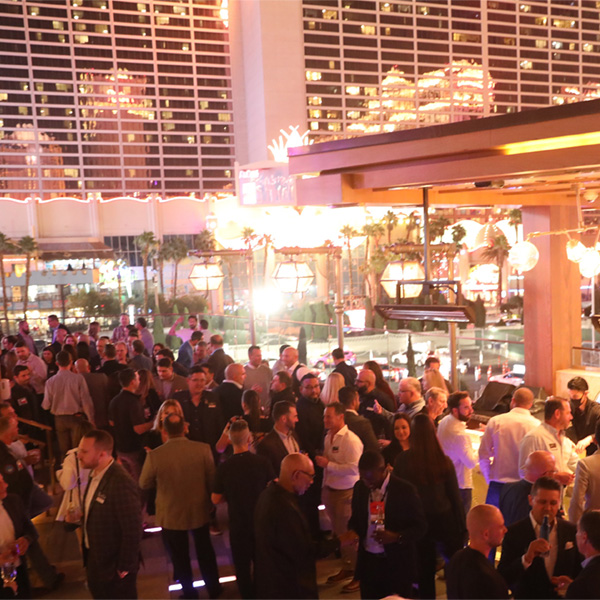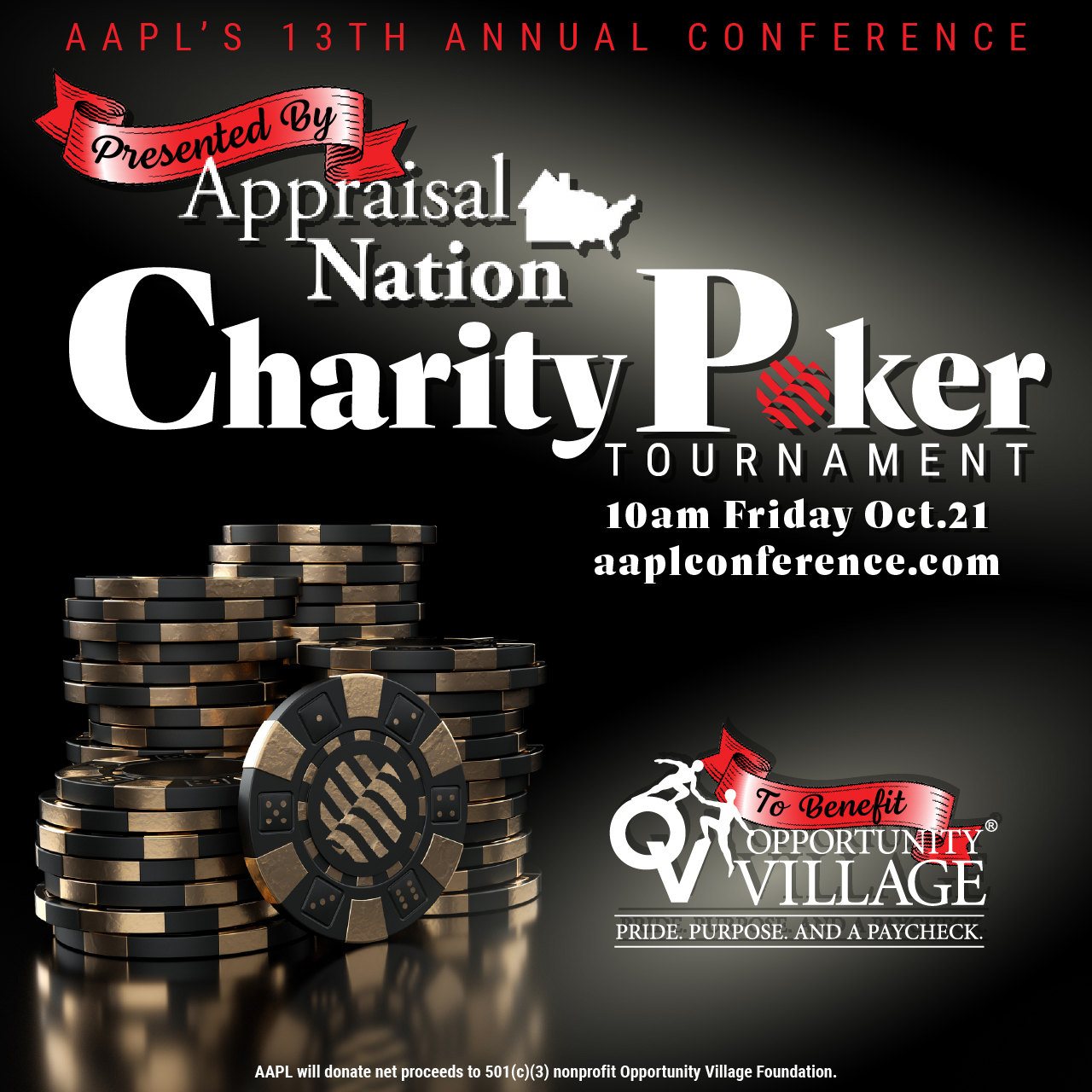A lot of talk around meetings and conferences is how to start and engage conversations with attendees, exhibitors, and speakers. But what should exhibitors do if they know the conversation with a visitor needs to wrap up? A new report looks at techniques to disengage.
I’m sure we’ve all been at social gatherings, whether personal or professional, and found ourselves stuck in conversation that we just wish would end. You might be looking to others around you to save you, or your may just come up with a made-up excuse to remove yourself.
Now think about meetings and conventions. Lots of conversations happen – whether among attendees, between speakers and attendees, or between exhibitor and attendees/prospective buyers, among others. And when we talk about these conversations, most of the discussion is around how to find commonalities to get them started and then keep them going. This is especially true on the trade show floor, where exhibitors meet and greet prospective customers throughout the day.
But a new report released by the Center for Exhibition Industry Research (CEIR) earlier this week looks at the other side of this: Specifically, how can an exhibitor end a conversation with a a booth visitor in order to maximize their time on the show floor and more on to the next prospect?
Titled “Once the Conversation is Over- It’s Over!” the report, written by Barry Siskind, an exhibit marketing expert, give exhibit staff tips on how to politely end conversation with visitors and prospects after staff has decided they either don’t qualify for their products or services or that they do qualify and they’ve wrapped up the presentation and committed to follow-up meeting.
“It is as important to know how to effectively end a conversation with attendees as it is to engage with them” said CEIR President and CEO Brian Casey, CEM, in a statement. “Business-to-business exhibitions are time-compressed marketing opportunities. To assure exhibit staff engage with as many target attendees as possible, a systematic disengagement approach is key.”
Siskind offers up to two strategies in his report: “presumptive disengagement” and “conciliatory disengagement.” Here’s a closer look at both:
Presumptive disengagement. This technique presumes that both the exhibitor and prospect recognize the conversation is over and involves three parts: refocus, the setup, and the proposition.
The first part is to refocus the prospect’s attention from business to graceful conclusion. Siskind suggest saying something along the lines of, ” I am glad we had the opportunity to talk today” or, “I am looking forward to getting your feedback once you have received the initial order.”
The next step is to take full ownership for the disengagement. You could say something like, “I know you are anxious to see the rest of the exhibition.”
The final step- the proposition could involve giving the visitor a promotional gift, which allows you to thank him or her for stopping by and gives the offering real value and is a tangible symbol that conversation is complete.
Conciliatory disengagement. This approach should be used by exhibitors if they are stuck in a conversation that won’t produce a viable sales lead. Examples could include conversation with existing customers who want to chat but are not interested in purchasing additional products, as well as people who do not need the produce. In this situation, Siskind says exhibitors must maintain control over the conversation using for steps.
The first step is acknowledgment. For an established customer, it may be along the lines of, “Thanks for dropping by this afternoon. I am really pleased to know that we can count your ongoing business. ” While to those your product can’t help, you may say something such as, “It doesn’t look like we have a solution that will address your concerns.”
The next step is the invitation. Exhibitors want to be polite and leave themselves and their products open for opportunities in the future. So, for the visitor the product currently can’t help, exhibitors may want to suggest they stop by the website from time to time to see if things changed and if new products and services are being offered.
The third piece is the reality check, where exhibitors explain to the visitor why continuing the conversation won’t help either party. This all wraps up with call for action where the exhibitors sets up a plan for the future, such as suggesting meeting for coffee after the meeting or providing contact information sot he visitor can reach out if wanted.
While some of this advice may sound straightforward, Siskind is the first to say that disengaging does not come naturally and requires practice and sensitivity. “By not doing so when the time is right, you could be diminishing your exhibiting potential, ” he wrote in the report.
All you exhibitors out there: Have you used either of these techniques? Or do you have any other tips and techniques for ending a conversation that’s going nowhere or that’s not benefits anyone involved? Share your ideas in the comments.
Credit: Samantha Whitehorne, Sept. 19, 2014 @AssociationsNow









Leave A Comment